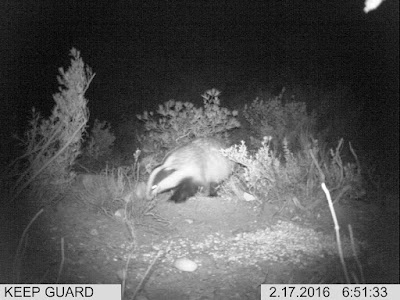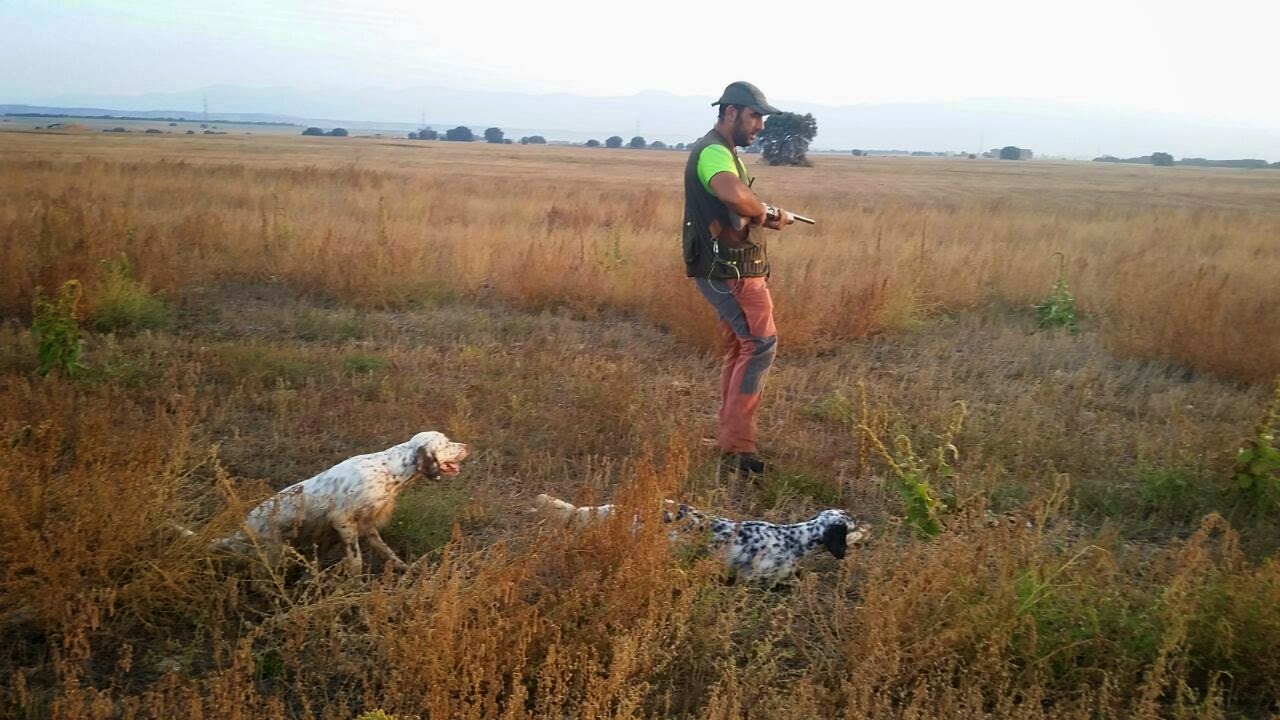A basketful of Yellow foot (Cantharellus lutescens)
Autumn is about to end, and with it, one of my favourite activities: mushroom picking.
I am not going to tell you the do's and don'ts about mushroom picking (you know, all that crap about the poisonous species, how dangerous is to eat something that you don't know what it is...) for there are many ways to do things: you can collect mushrooms in order to eat them, to study them, take pictures or whatever the end you want to give them. That includes poisoning people!!! Hahahaha, just kiddin'.
In my case, I usually collect the ones I want to eat, but I like to take home (aways in a separate basket) the ones I don't know much or nothing about and check them with the help of guides, internet or micology experts.
But there's one thing I like to do the most, and that is taking people mushroom picking and showing them the way I do it.
One of the coolest things about this activity is that since you are searching the forest floor for mushrooms most of the time, you discover many other things you normally skip when doing other activities, such as animal traces, plants, other mushrooms, ...
Spain is a very rich country referring to nature, and mushroom species are not an exception. Where I live (Aragón), because there are many different soils and climates, you can almost find every species that grow in the rest of the country. Since this is not a mushroom guide, I'm just going to focus on a few species.
This girl had a special eye for Yellow Feet. After an hour her basket was full.
The first of them is one of my favs: Yellow Foot (Cantherellus lutescens). It grows in high areas, usually related to pines and a certain type of moss. It is a very endurable mushroom, and it can stand quite low temperetures in comparison to the rest of the species. It grows in groups, in "whitches rounds" as we usually call them.
A close-up of this mushroom.
Another one. These ones were picked frozen and with temperatures down to -3º C.
Yellow feet under bushes: that's why it looks as if it was night time!
They never carry worms or insects, and they are very easy to dry in order to preserve them. This year has been a great Yellow Foot year, and the people I've taken mushroom picking have found it as the most entertaining of the species to pick. That is because when you find one, you usually find a lot f them around.
If you collect them frozen, they can return to their normal textura after a few hours at home. Obviously this happens if they haven´t been frozen for many days.
I love them in omelettes, rices or soups.
But let me show you the results of a couple of hours collecting them (the pictures were taken in different days):
In just 2 hours!!
Ready to deliver to my friends!
One of my friends, the always shy José Ramón. He had never had so much fun picking mushrooms!
Another species I like to search for is the Chanterelle Mushroom (Cantherellus cibarius).
This one grows in sunnier areas, usually related to the Quercidae family (Oaks and similar). It also grows in groups, and usually when you find one, you must search for a few more nearby.
A nice and big Chanterelle (Cantharellus cibarius)
All these were picked up within a 1,5 metre radius.
They are an excellent mushroom for eating purposes, one of my favourites. The flavour is peach like, sweet and soft in mouth. After cleaning it, you tear it up (forget about cutting this one) and you use it the way you want. I like to cook them as a dessert, boiling them in syrup and dipping them in hot chocolate.
They are a very easy to dry species too.
Mmmmmm...a taste you'll never forget.
Next mushroom, and related to the previous two, is the Horn of Plenty (Craterellus cornucopioides).
It grows in similar areas as the Chanterelle. They also grow in groups.
The taste of this one is more "forest like". Toasty flavoured and very "autumn reminder".
Nice specimen picked up by my friend Fernando.
I like to cook them with rices, omelettes, soups and stews.
And, by the way, this one doesn't stand very low temperatures.
They can be easyly dried.
Here mixed with a few Chanterelles. Nice looking picture, yes Sir.
.
Fernando's starting of the day.
The following species is one of Spain's favourite: Saffron Milk Cap (Lactarius deliciosus).
It grows in forests, usually whith quercus and pine presence. It is a beautiful mushroom and a very tasty one. These family is a very wide one, with some mild poisonous species. But don't worry, they are easy to differ: If when you cut them, they secrete a white milk, you must not eat them. They must secrete a saffron like milk or a red wine like milk in similar species (Lactarius
sanguifluus).
Don't try to hide. You've been spotted my Lactarius friend.
Saffron Milk Caps mushrooms and Yellow feet... you can go back home with a smile on your face.
Many of them are host to a certain species of maggot. I never take home the ones with maggots, but people from our closest region (Catalonia) usually eat them and there's no problem with it other than eating extra protein!
We usually eat them fried with olive oil and garlic or even roasted.
They are also lovely with stews.
Yellow feet and Saffron Milk Cap mushrooms with beans and pork. yes, they taste even better than they look.

Our next guest is the
Hedgehog Mushroom or Sweet Tooth Mushroom (
Hydnum repandum).
Here in Spain is not often eaten, though it is gaining popularity in recent years. I collect them usually in mixed pine and oak forests
. They grow just like the Chanterelles and in fact, they look very much alike, but as soon as you take a look at the gills, there's no mistake: they are spined look more than gilled look. In Spain we call them "Cow's tongue" or "cat tongue" due to the looks of it.
Notice how the gills of the Sweet Tooth (Hydnum repandum) look like spines (or like a cows tongue!!)
They are quite fragile to pick, but with a bit of practice and being careful, there should't be any problem in fillilng a basketful of them once you've found their growing places.
The best ones to eat are the small ones. When they are big and old, they develop a bitter taste which I personally don't like that much. If they are big, I boil them before using them, throwing the used water away.
They are lovely with rices and wild game meat.
Blewit and Sweet tooth. Future red legged partridge stew companions.
One of my favourites is the
Grey Knight (
Tricholoma terreum).
We also call it Pine Mushroom, Mouse or Roedeer's nose due to the "hairy like" covering of the cap.
They grow in pine areas, usually in large groups.
This ones were picked in less than half an hour.
They are usually eaten in omelettes or scrambled eggs.
In my opinion, one of the best ones to eat.
They usually carry tiny bugs. I confess, I do not worry about them and eat the mushrooms as if they didn't exist.
And last but not least:
Blewit.
They usually grow in organic debris, and, specially when they are young, their gills and stem have a beautiful lavender tone.
They are also host to some worms like the Lactarius Sp.
Notice the pale lavender colour of the gills.
They have a slight anissette fragrance and they must be cooked if you want to have a pleasent meal!.
They taste great in stews.
So this is just a tiny example of what to do if you are in Zaragoza or in Aragón in autumn.
Great times, great season to go out for a walk in good company and always coming back home with something new learned.
Hope you've liked the different species we have around here.
There are a lot more, so, if you want to come mushroom picking, Aragón is one of the best places in Spain.
See ya!


















































